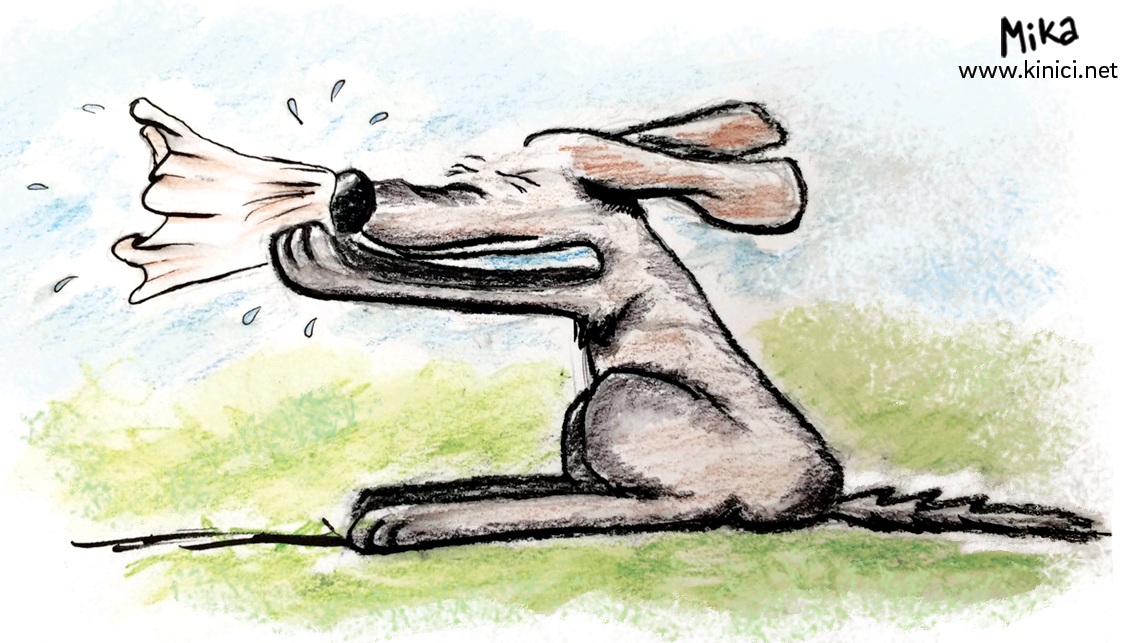All members of dog family have far more superior sense of smell than humans, and most likely better remember scents than scenes. Average human is set in lower third of mammals based on sense of smell. Dog's sense of smell is 10,000–100,000 times more sensitive than in human's. Variations of power of this sense depends on the dog species and breed if we talk about domestic dogs. Dogs can tell at least 500,000 different scents from big distances. They control each nostril separately which is how they detect where the scent is coming from. Inside the nostril, air separates in two individual streams. One is for breathing, the other for smelling.
With all wild canids (wolves, wild dogs, jackals, foxes...) the sense of smell is the most developed one. With domestic dogs it is also impeccable. However, there is often difference between power of scent among domestic dogs. The best ones belong to hunting dogs – scenthounds, which were bred with aim to make this trade most dominant.

Pheromones are special chemical substances (scents) that dogs and other animals produce to communicate. The term comes from Greek word Phero = to bear and Hormone = impetus. Different hormones get released when the animal is angry, scared or confident.
Dogs mainly get to know other beings, objects and their surroundings through scents. They get informed about the sex of a specimen and its age. They find their partner with a help of their nose, they get sexual information: if the female is in heat and in which phase. Is she carrying or has a fake pregnancy, even if she had cubs recently.
Urine contains many informations about a dog since many pheromones are dissolved in it. Whereas anal glands and genital areas of a dog contain even more important scents, primarily emotional and sexual, which is why dogs often smell these regions.
